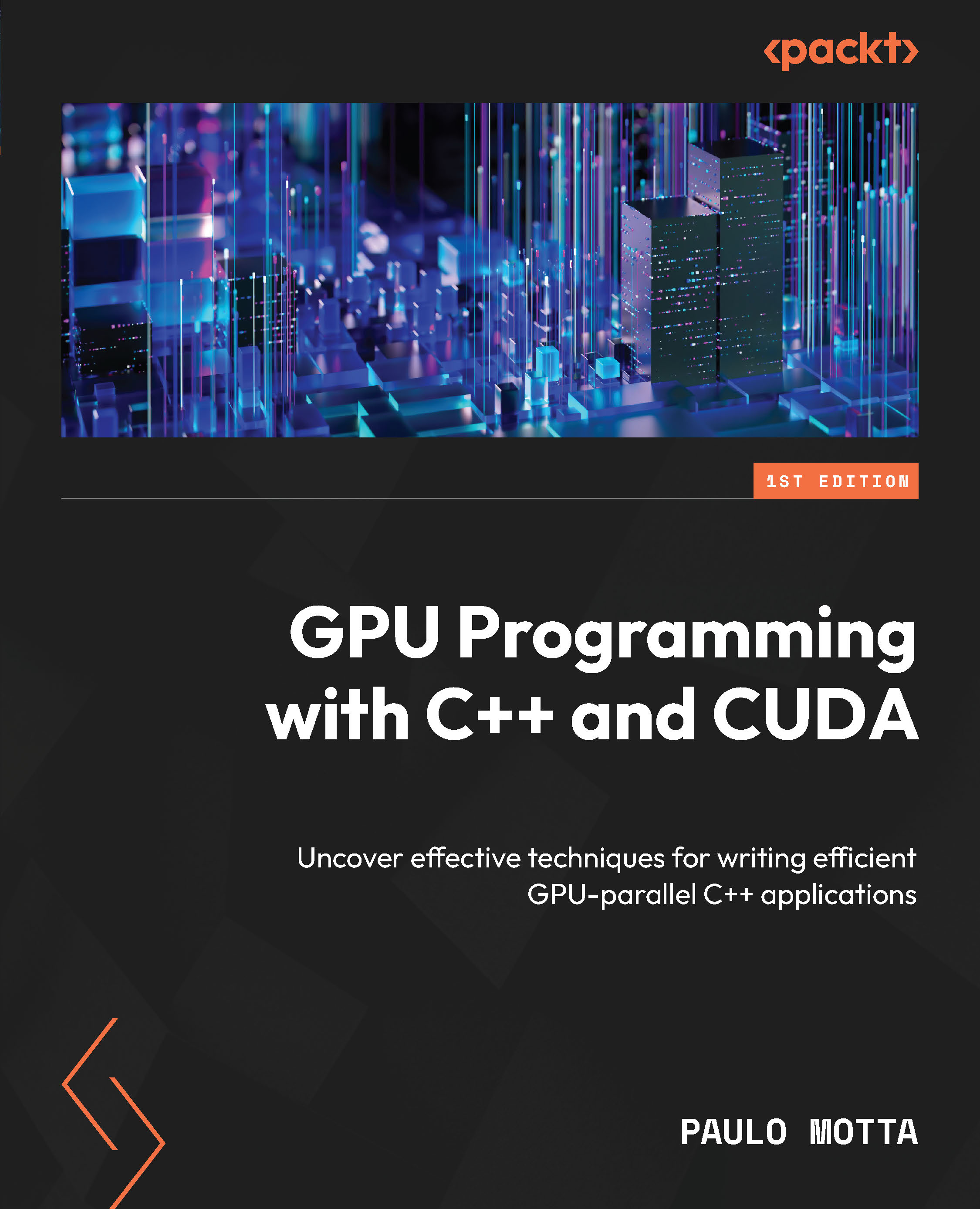Calculating numerical integrals
To start with: what is an integral? Well, an integral is a concept in calculus that represents the area under a curve on a graph, between two points. Imagine you are tracking the path of a car moving along a road, and at fixed intervals you measure the car’s speed. Now, if you plot that and calculate the area under the curve representing its speed over time, considering that distance = speed × time, you get the total distance the car traveled! In simple terms, an integral sums up tiny slices of area to find a total, making it a powerful way to measure quantities that accumulate over a range.
Why are integrals useful?
Integrals are everywhere in science, engineering, and beyond. They help us measure quantities that change continuously—like distance, energy, or growth—by calculating the total quantity over time or space. For example, engineers use integrals to determine forces on structures, economists use them...

































































